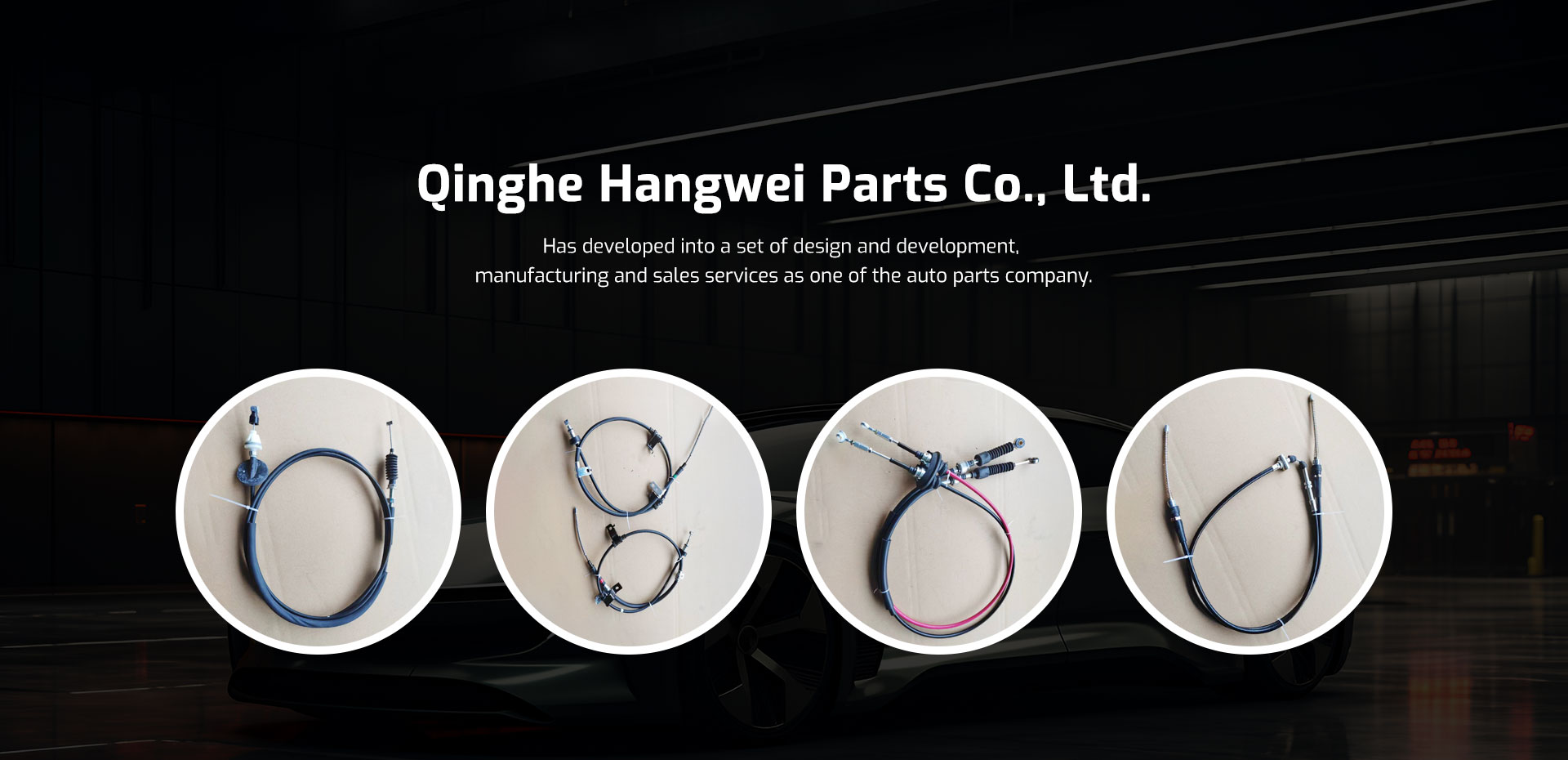ls throttle cable
Understanding LS Throttle Cable Essential Insights for Performance and Maintenance
When it comes to modifying or maintaining performance vehicles, one critical aspect that enthusiasts often overlook is the throttle cable. Specifically, the LS throttle cable, which is integral to vehicles equipped with the popular LS engine family from General Motors (GM). This article delves into the function, importance, and best practices related to the LS throttle cable.
What is the LS Throttle Cable?
The LS throttle cable is a physical linkage that connects the throttle pedal to the throttle body in vehicles powered by LS engines. Its primary function is to transmit the driver's acceleration commands from the pedal to the throttle body, allowing for precise control of air intake into the engine. This control is vital for managing engine power output and responsiveness.
Importance of a Properly Functioning Throttle Cable
A properly functioning LS throttle cable is crucial for several reasons
1. Throttle Response The throttle cable directly affects how quickly and responsively the engine react to the accelerator pedal. A worn or frayed cable can lead to delayed throttle response, impacting both performance and driving experience.
2. Safety A malfunctioning throttle cable can lead to unintended acceleration or a stuck throttle condition, posing serious safety risks on the road. Ensuring that the throttle cable is in good working condition is essential for safe driving.
3. Fuel Efficiency An efficient throttle response has a direct correlation with fuel consumption. When the throttle cable operates smoothly, the engine can maintain optimal air-fuel mixtures, enhancing fuel efficiency.
4. Performance Tuning Many performance enthusiasts will modify their LS engines for increased horsepower or torque. Upgrading to a high-quality throttle cable can ensure that the modifications yield the best possible performance outcomes.
Signs of Throttle Cable Issues
It's vital to recognize when the throttle cable may be failing. Common signs include
ls throttle cable

- Sticky Throttle If the throttle pedal feels sticky or does not return to its original position smoothly, it may indicate a problem with the cable
.- Unpredictable Acceleration Sudden surges in acceleration or difficulty in achieving consistent throttle response can signify cable issues.
- Visible Damage Inspecting the cable for fraying, kinks, or corrosion can reveal significant wear that necessitates replacement.
Maintenance and Replacement
Regular maintenance of the LS throttle cable is essential for longevity. Here are some best practices
1. Regular Inspection Routinely check the throttle cable for any signs of wear or damage. Early detection can prevent more significant issues.
2. Lubrication Applying a silicone-based lubricant can help ensure smooth operation of the cable, reducing the chances of it becoming sticky or frayed.
3. Replacement If there are any signs of severe wear, or if the throttle cable has become damaged, it’s imperative to replace it immediately. Aftermarket cables are available that may offer improved performance or durability.
4. Professional Help If unsure about inspecting or replacing the throttle cable, consult with a professional mechanic who has experience with LS engines. They can provide insights and ensure proper installation, which is vital for optimal performance.
Conclusion
The LS throttle cable may seem like a minor component in the grand scheme of a performance build, but its role is far from insignificant. Ensuring that the throttle cable is in good condition not only enhances the driving experience but also contributes to safety and reliability. By regularly maintaining and, when necessary, replacing this vital component, drivers can ensure that their LS-powered vehicles perform at their best, providing the thrilling experience that enthusiasts crave. Whether you're a casual driver or a hardcore performance junkie, giving attention to the throttle cable could mean the difference between smooth acceleration and frustrating performance hiccups.
-
Workings of Clutch Pipe and Hose SystemsNewsJun.04,2025
-
The Inner Workings of Hand Brake Cable SystemsNewsJun.04,2025
-
The Secrets of Throttle and Accelerator CablesNewsJun.04,2025
-
The Hidden Lifeline of Your Transmission Gear Shift CablesNewsJun.04,2025
-
Demystifying Gear Cables and Shift LinkagesNewsJun.04,2025
-
Decoding Clutch Line Systems A Comprehensive GuideNewsJun.04,2025
